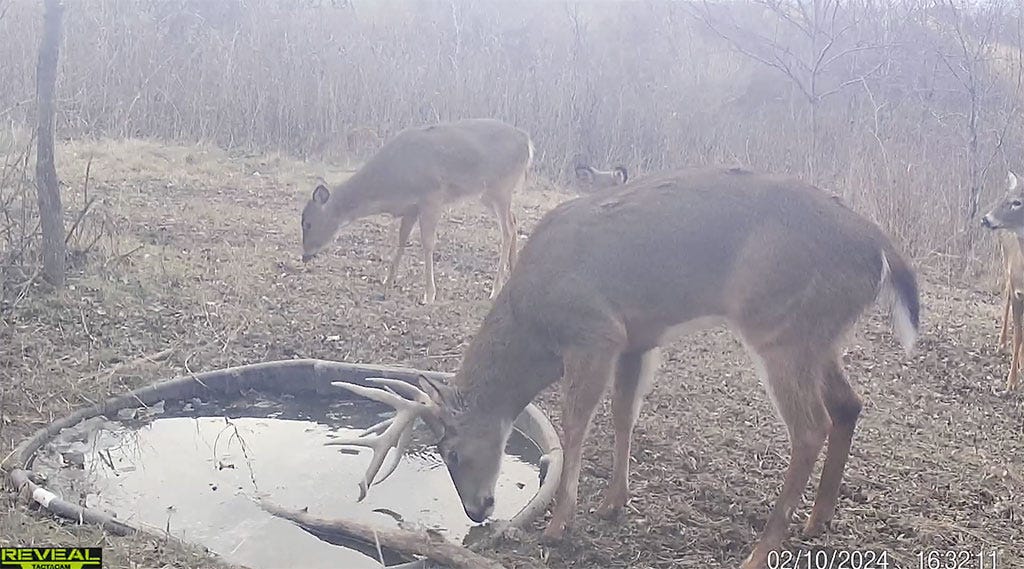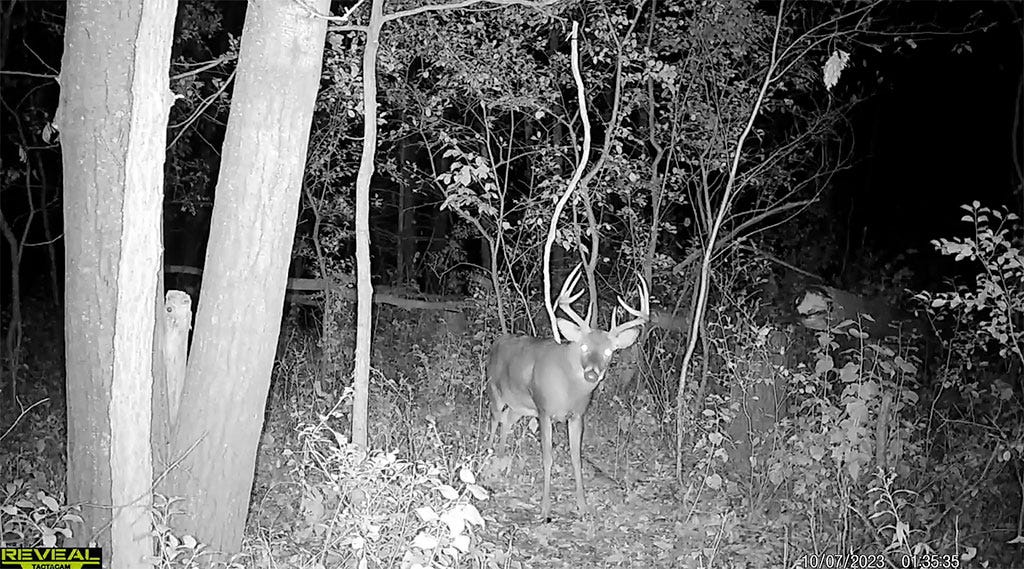The strategic placement of cell cam success can make the difference between capturing those elusive buck moments and missing out. Are you missing pictures of bucks? Let’s jump into a few key reasons why hunters may miss pictures of bucks, and the common theme that ties them all together.


1. Multiple Trails Convergence
One of the common mistakes is placing a trail camera on a single trail without considering the convergence of multiple trails. Often, we find ourselves amazed by a single trail, not realizing that there are many others nearby. The solution? Position your camera where multiple trails come together, providing a comprehensive view of deer movement.
Example: Picture this – there's a beautiful rub on a tree, and it's easy to get excited about the trail right there. But the real magic happens when you find a location where several trails merge. This gives you a complete picture of deer activity.
2. The Power of Water Holes and Mock Scrapes
While water holes are effective tools for narrowing down deer movement, not everyone can install them, especially on public land. However, the concept remains the same – create a scenario that draws deer into a specific location. Mock scrapes can achieve a similar effect. The magic occurs when you combine water holes, mock scrapes, and camera placement in one strategic spot.
Example: A buddy of ours shot a magnificent eight-point buck over a water hole in a location carefully chosen for its convergence of trails, a mock scrape, and the allure of water. This trifecta makes it an ideal spot for both hunting and camera placement.


3. Strategic Stand Locations
The convergence of trails, coupled with mock scrapes and water holes, contributes to creating strategic stand locations. The key is to position your trail camera where you would set up a stand or blind, aligning with the natural movement patterns of bucks. This ensures your camera is in the perfect position to capture the action without alerting the deer.
Example: Our trail camera placements are carefully chosen stand locations. The same factors that make a location ideal for a stand – convergence of trails, pinch points, and natural funnels – also make it perfect for a camera. We've learned that effective concealment is crucial, and our cameras are strategically hidden to observe deer behavior without disturbance.
The secret to capturing exceptional cell cam footage lies in strategic placement. Instead of focusing on having more cameras, concentrate on putting them in the same locations where you'd set up stands and blinds. By aligning with natural deer movement patterns, you'll significantly increase your chances of capturing bucks. So, go ahead, set up your REVEAL cams strategically, and enjoy a season filled with successful buck captures!
Article Credit: Information sourced from Jeff Sturgis of Whitetail Habitat Solutions